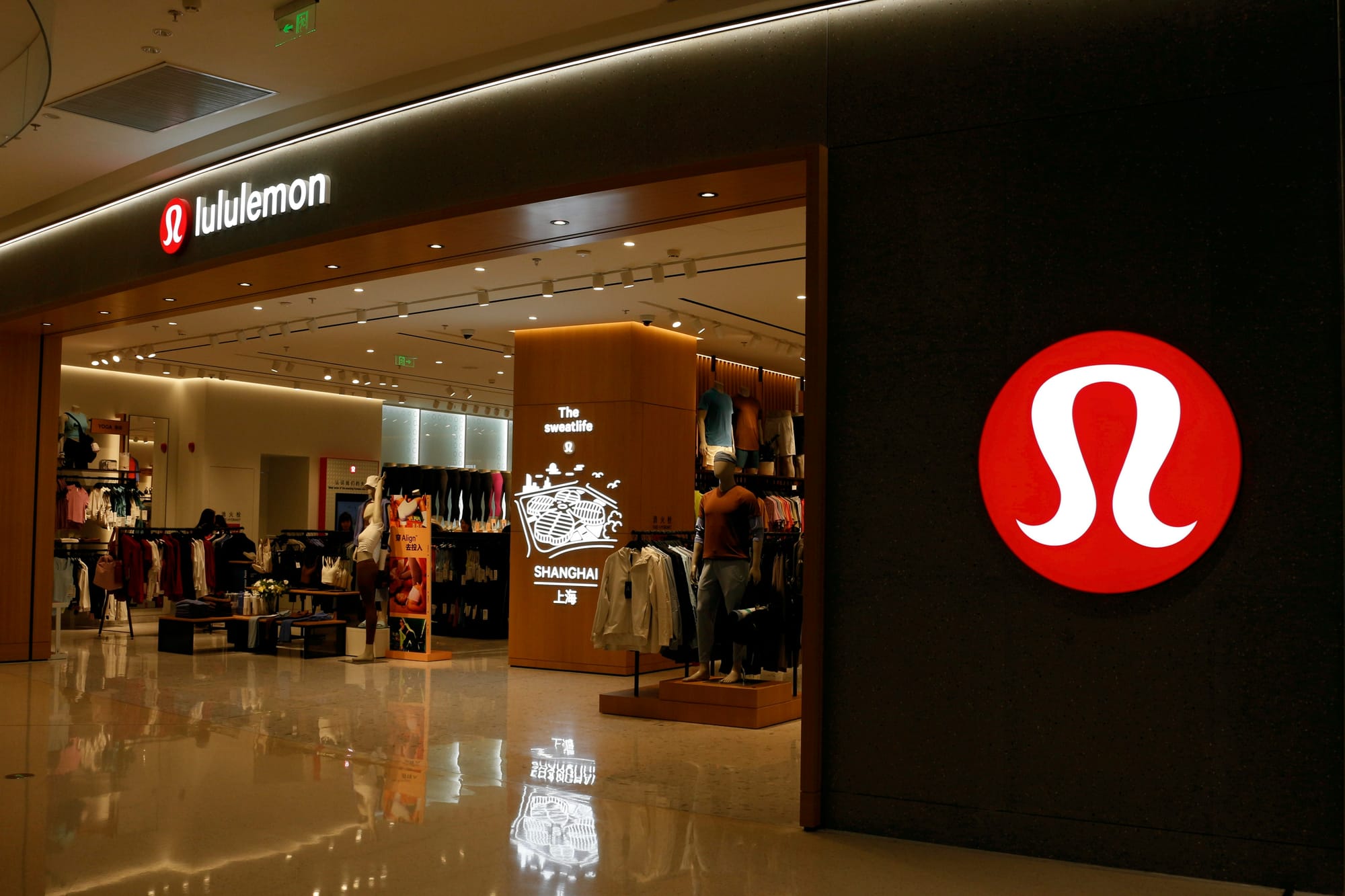Has Lululemon Lost Its Stretch?




Once the unstoppable force of luxury athleisure, Lululemon is starting to sag. Sales are soft, markdowns are heavy, and the stock has lost nearly 60% of its stretch from the highs.
The signal: fatigue is real. The deeper truth? Premium positioning alone can’t carry a brand through shifting consumer tastes. The shift is from safe staples to compulsive newness.
The opportunity is wide open for challengers who move faster, take risks, and wrap product in cultural cachet. Plays: build cult items, embrace drop culture, and use data to stay unpredictable.
Lululemon reported sluggish North American sales, heavy markdowns, slower 2025 growth guidance, and thinner margins. Store traffic dropped 8.5% year-over-year. Revenue growth is projected at just 2–4%. The stock has cratered almost 60% from its highs. The culprit? A lack of compelling newness as consumers drift toward fresher brands.

For ambitious entrepreneurs and brand leaders, this is a cautionary tale: even market-makers can be disrupted. Vuori, Alo, and even Costco are stealing share with trend-driven, fashion-forward product drops. Challenger brands that court younger audiences with speed and style can topple incumbents who lean too hard on past glories.
Lululemon fell into the predictability trap. Overreliance on black, white, and grey staples turned them from innovator to replenishment brand. Scaling killed risk-taking. The pinks, collabs, and left-field experiments that drive today’s hype cycles are missing. In a world addicted to novelty, Lulu got boring.
We’re in the era of “compelling newness.” Premium consumers will still pay, but only if there’s a justifiable why: fresh design, innovative fabrics, or insider cultural cachet. North America is cooling, international growth (especially China) is holding—for now. Fashion is moving to wide legs, looser fits, and hybrid performance blends. Smaller, faster players are already ahead.
Challenger brands can win by fusing originality with speed. Prioritize bold, iterative newness. Prototype fashion-led capsules for distinct tribes—pickleball chic, post-Peloton commuterwear. Harness AI and data for predictive drops. And above all, imbue products with story and status, not just logos.
Lululemon isn’t dead. But it’s at a make-or-break crossroads. Predictability erodes premium faster than price cuts. The brands that win the next cycle will be the ones that stay riskier, faster, and relentlessly new.